Premium Only Content
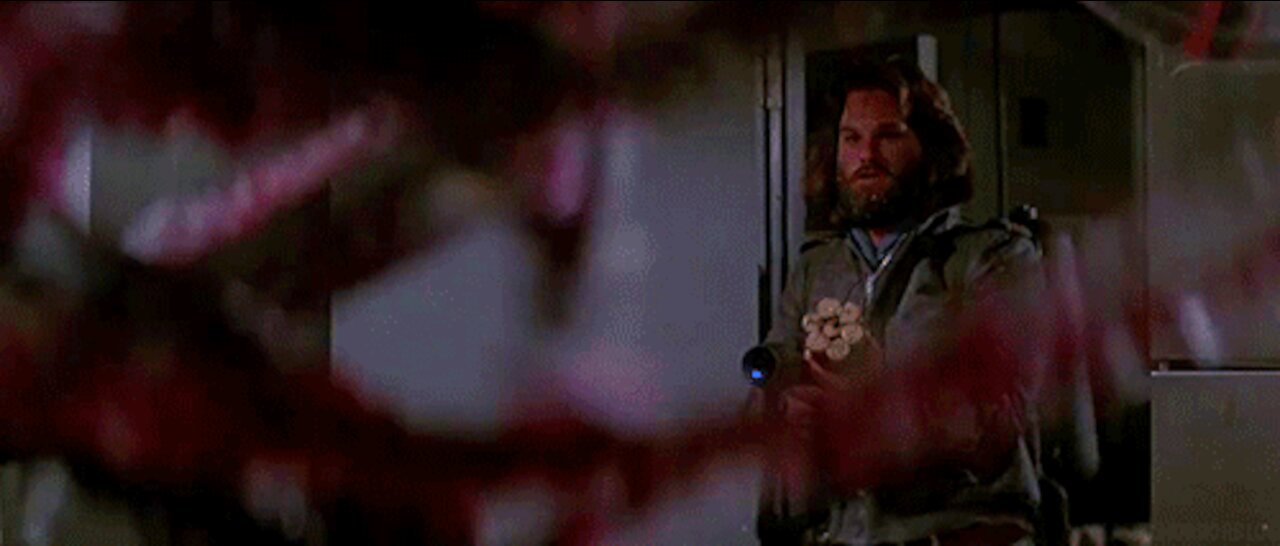
"Who Goes There?" (Narrated By Jeffrey LeBlanc)
Welcome…to Dweller of the Dark!
We are a channel honoring the yellowed, and blackened bones of many prominent authors. We will be digging up several obscure, strange, and forgotten authors who influenced many of the great horror, science fiction, and fantasy writer’s today.
Comment below if you like. If you have authors that you’d like to see recognized list them in the comments or contact our author page.
AUTHORS we want to give back to our fellow writers and fans with the occasional fresh blood. Promoting the next Blackwood, Poe, Lovecraft, Bloch or Machen, is sure to get a few of our immortal horror masters to come out of their graves as well. Subscribe and become a follower and fan. As a subscriber you’ll get the latest announcements and premieres. If you’re work unnerves or terrifies, we will put your story on our channel and webpage for free. Certainly, we will provide feedback.
SUBSCRIBE for more tales of the horrifying, obscure, strange, and forgotten. We’ll have quite a collection climbing out of the tombs. If you like any of our tales, crush or cut the like button below.
Check out our other stories on YouTube and our websites.
YouTube: Dweller of the Dark
Official Website: DwelleroftheDark.com
Official Second Website: http://jeffreyleblanc.com/
Facebook: Jeffrey LeBlanc Horror Writer
Amazon: https://www.amazon.com/Jeffrey-LeBlanc/e/B00GQXNA3O%3Fref=dbs_a_mng_rwt_scns_share
Twitter: @dwellerofthedark
Instagram: dwellerofthedark
We can’t help but get icy shivers down our spine when we recall our rea life travels across the Arctic Circle. Waking up on a freezing plane crossing the Arctic after twenty hours flying from the Red Sea was one of our more unique experiences. Leaving the Red Sea, the temperatures were close to one hundred and thirty degrees. Crossing somewhere near the northern Arctic the temps had dropped into minus subzero temperatures.
On that frigid flight we saw white, bleak landscapes, and ominously dark mountains. All these icy visions conjured up the terror of Lovecraft’s “At the Mountains of Madness”, the hopelessness of Jack London’s “To Make a Campfire”, and the unhinged paranoia of tonight’s tale by John W. Campbell titled “Who Goes There?”
John W. Campbell was a horror and science fiction writer and editor. He was editor of Astounding Science Fiction (later called Analog Science Fiction and Fact) from late 1937 until his death. Campbell was part of a select group of writers known during the Golden Age of Science Fiction. These included Isaac Asimov, Ray Bradbury, and many more.
Campbell began his career writing science fiction at age 18 while attending MIT. John W. Campbell published just six short stories, one novel, and six letters in the science fiction magazine Amazing Stories from 1930 to 1931. These few accomplishments established Campbell's reputation as a writer of space adventure. In 1934 he began to write stories with a different tone, he wrote as Don A. Stuart. From 1930 until the later part of that decade, Campbell was prolific and successful under both names, though he stopped writing fiction shortly after he became editor of Astounding in 1937.
Then there’s that business with the government during The Manhattan Project that makes for a thrilling read. But that’s a story for another time.
Campbell also started in 1939 the fantasy magazine Unknown, although it was canceled after only four years. Referring to his time spent as an editor, The Encyclopedia of Science Fiction wrote: "More than any other individual, he helped to shape modern sf."
Isaac Asimov called Campbell "the most powerful force in science fiction ever" and said the "first ten years of his editorship he dominated the field completely." In his capacity as an editor, Campbell published some of the very earliest work, and helped shape the careers of virtually every important science-fiction author to debut between 1938 and 1946, including Robert A. Heinlein, Theodore Sturgeon, Isaac Asimov, and Arthur C. Clarke.
Interestingly in his later career, an increasingly strong interest in pseudoscience later alienated Campbell from many of the writers whose careers he had nurtured; Heinlein, Sturgeon, Asimov, and Clarke rarely worked with him after about 1950. Nevertheless, Campbell remained an important figure in science fiction publishing up until his death. Campbell and Astounding shared one of the inaugural Hugo Awards with H. L. Gold and Galaxy at the 1953 World Science Fiction Convention. Subsequently, Campbell and Astounding (later renamed Analog) won the Hugo Award for Best Professional Magazine seven times.
Shortly after his death in 1971, the University of Kansas science fiction program established the annual John W. Campbell Memorial Award for Best Science Fiction Novel. The World Science Fiction Society established the annual John W. Campbell Award for Best New Writer, which has since been renamed the Astounding Award for Best New Writer. The Science Fiction and Fantasy Hall of Fame inducted Campbell in 1996, in its inaugural class of two deceased and two living persons.
John W. Campbell wrote the terrifying novella “Who Goes There?” under his pen name Don A. Stuart in 1938. Since then the book was adapted as the films “The Thing from Another World”(1951), John Carpenter’s “The Thing (1982), and a horrible re-make of The Thing (2011).
You are working in the arctic circle. It’s minus thirty-seven degrees below zero outside your room. You are in a dark scientific camp with a monstrous shape-shifting alien on the loose somewhere in the dark. Will you survive this attack from beyond the stars? Or will you become the next victim of The Thing?--JL
-
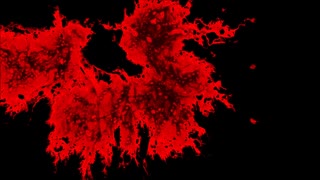 46:18
46:18
DwelleroftheDark
4 years ago"The Cloak" (Narrated By Jeffrey LeBlanc)
253 -
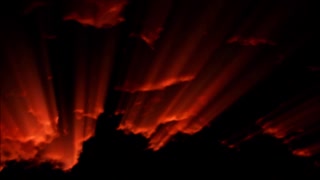 48:15
48:15
DwelleroftheDark
4 years ago $0.01 earned"Return to the Sabbath" (Narrated By Jeffrey LeBlanc)
212 -
 32:08
32:08
DwelleroftheDark
4 years ago $0.03 earned"The Eyes of the Panther" (Narrated By Jeffrey LeBlanc)
152 -
 47:41
47:41
DwelleroftheDark
4 years ago"The Seal of the Satyr" (Narrated By Jeffrey LeBlanc)
163 -
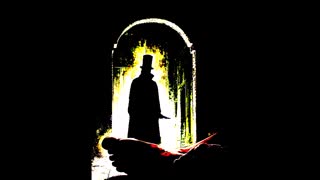 1:01:37
1:01:37
DwelleroftheDark
4 years ago $0.01 earned"Yours Truly, Jack the Ripper" (Narrated By Jeffrey LeBlanc)
274 -
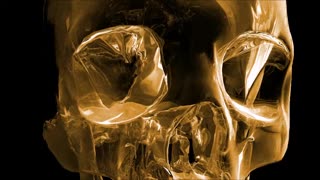 55:01
55:01
DwelleroftheDark
4 years ago $0.02 earnedRobert Bloch Egyptian Tales--Episode 1 "The Faceless God" (Narrated By Jeffrey LeBlanc)
224 -
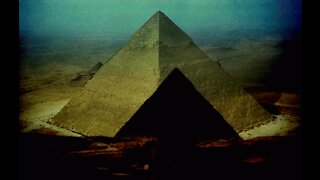 1:01:30
1:01:30
DwelleroftheDark
4 years agoRobert Bloch Egyptian Tales--Episode 3: "The Brood of Bubastis" (Narrated By Jeffrey LeBlanc)
117 -
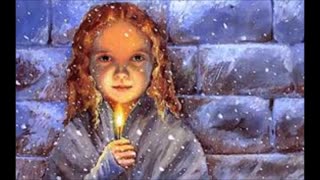 13:02
13:02
DwelleroftheDark
4 years ago $0.01 earned"The Little Match Girl" (Narrated By Jeffrey LeBlanc
222 -
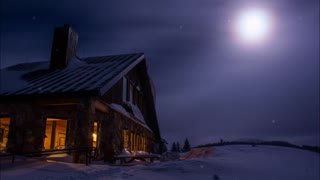 1:19:36
1:19:36
DwelleroftheDark
4 years ago $0.01 earned"Ice in the Veins" By Jeffrey LeBlanc (Narrated By Author)
73 -
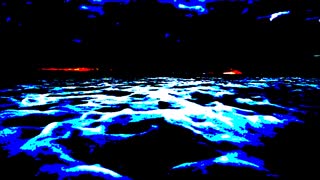 1:43:47
1:43:47
DwelleroftheDark
4 years ago $0.02 earned"The Mariner of Caminada Pass" By Jeffrey LeBlanc (Narrated By Author)
1093